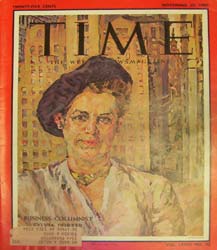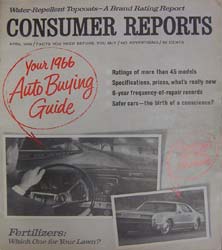
February 1930 – Henry Luce begins publishing Fortune.
1933 – Federal government creates the Securities and Exchange Commission to regulate public companies and the stock market.
1933 – Arthur Kallet and Frederick Schlink publish “100,000 Guinea Pigs: Dangers in Everyday Foods, Drugs, and Cosmetics.” It is “intended not only to report dangerous and largely unsuspected conditions affecting food, drugs, and cosmetics, but also, so far as possible, to give the consumer some measure of defense against such conditions.”
1935 – Congress passes the Wagner Act, which gave unions the right to collectively bargain with companies.
July 1935 – Fortune begins a quarterly feature called the Fortune poll, which was developed by Elmo Roper, Richardson Wood and Paul Cherington.

1938 – New York Financial Writers Association is founded.
1939 – Sylvia Porter publishes her first book, “How to Make Money in Government Bonds,” that offered practical advice to both professional investors and the general public.